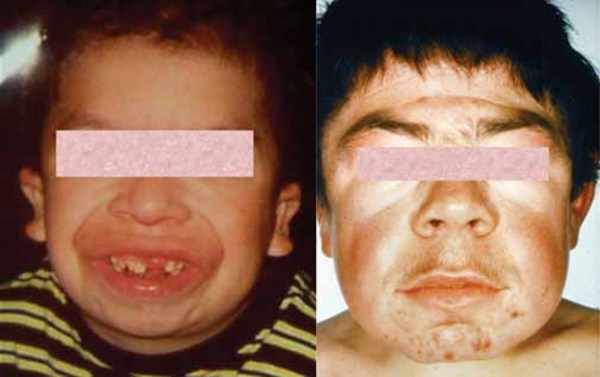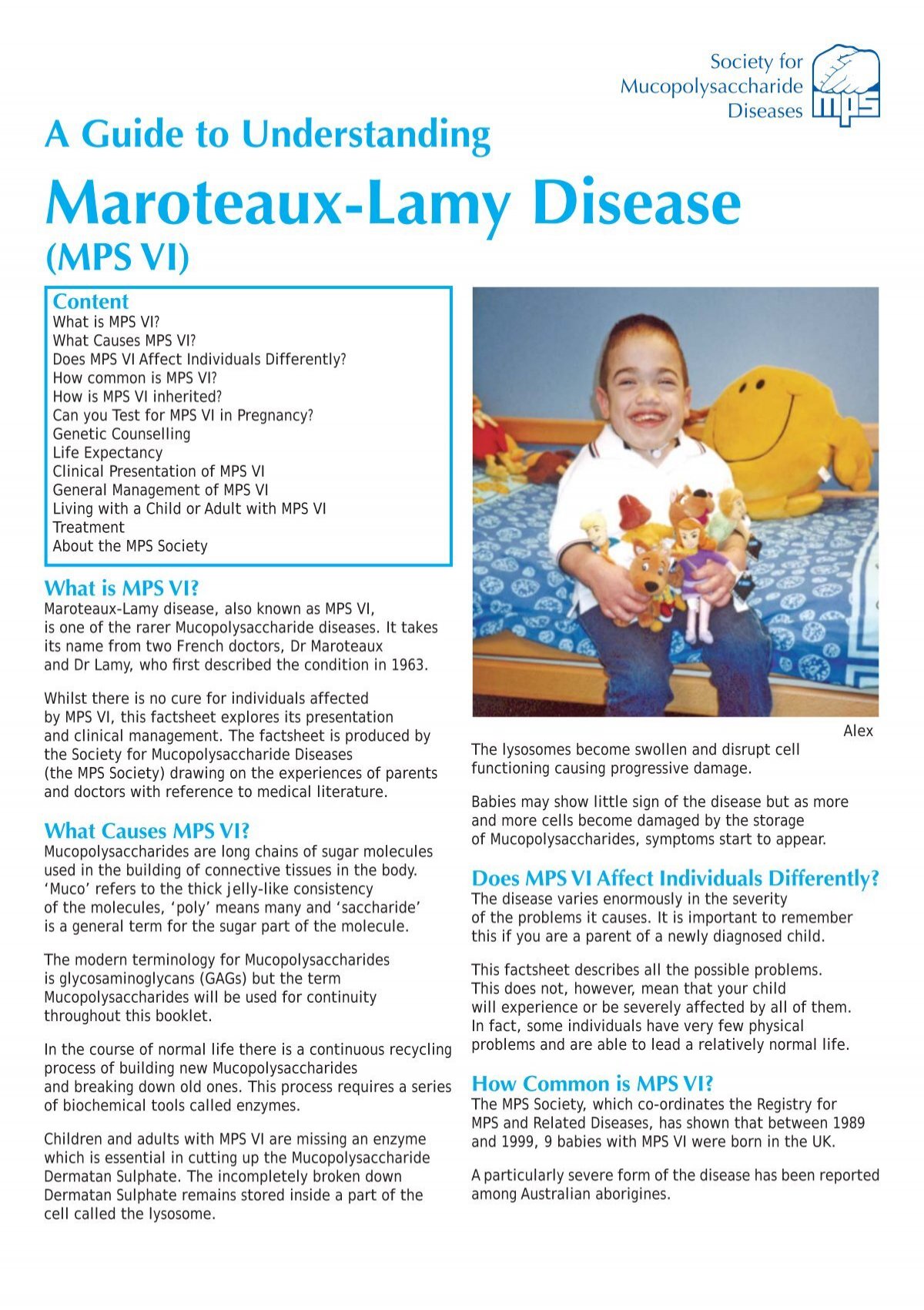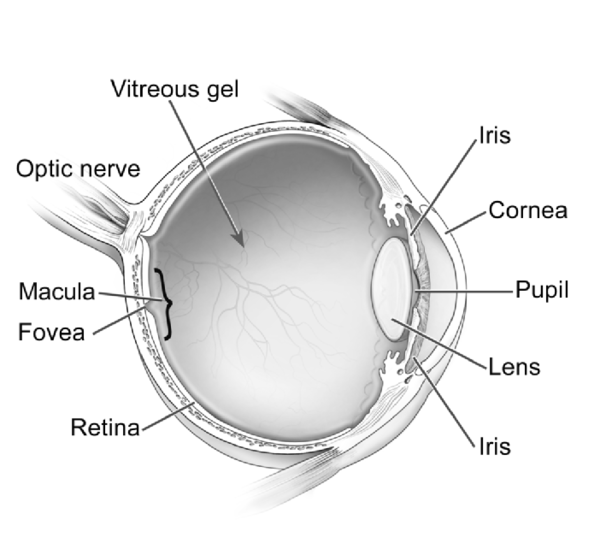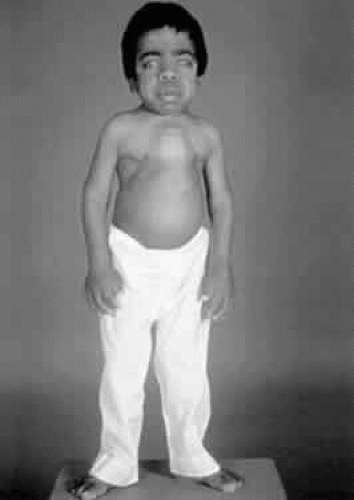Maroteaux Lamy Syndrome Life Expectancy
Maroteaux lamy syndrome life expectancy. This is a progressive disorder that affects numerous organs and tissues. For example individuals with the mildest form of MPS I MPS IS may have a reasonably normal lifespan while those with intermediate MPS IHS usually live to teen age or early adulthood. Mucopolysaccharidosis type 6 MPS6 or Maroteaux Lamy syndrome is a rare autosomal recessive disorder characterized by the accumulation of mucopolysaccharides in connective tissues as a result of the reduced or absent activity of the lysosomal enzyme arylsulfatase B ASB.
As the disease progresses children become increasingly unsteady on their feet and most are unable to walk by age 10. The life expectancy is highly variable with MPS I. Some individuals will have severe symptoms during infancy while others have slowly progressive symptoms that develop over the course of multiple decades.
Those with milder forms of the disorder usually live into adulthood although their life expectancy may be reduced. Pierre Maroteaux and Dr. Most individuals with MPS III live into their teenage years and some live into their 20s or 30s.
The life expectancy is related to the severity of the disease. Maurice Lamy and determined by mutations in the arylsulfatase B ARSB gene located in chromosome 5 5q13-5q14Pathogenic mutations of this gene result in. Individuals with a severe form experience a rapid disease progression and a decline in intellectual function and begin to lose basic functional skills between the ages of 6 and 8 with a life expectancy of 10 to 20 years.
MPS VI is characterized by somatic features but. In its rarest form Sly syndrome causes children to be born with hydrops fetalis in which extreme amounts of fluid are retained in the body. Mucopolysaccharidosis VI MPS VI or Maroteaux-Lamy syndrome MIM 253200 is an autosomal recessive lysosomal storage disorder described in 1963 by Dr.
4 In Monte Santo Brazil. Mucopolysaccharidosis type VI MPS VI also known as Maroteaux-Lamy syndrome and polydystrophic dwarfism which is inherited as an autosomal-recessive trait results from the deficiency of N-acetylgalactosamine 4-sulfatase arylsulfatase B activity and the lysosomal accumulation of dermatan sulfate. The disorder is caused by deficiency of the enzyme beta-glucuronidase.
DS in different tissues of the body. Those with milder forms of the disorder usually live into adulthood although their life expectancy may be reduced.
4 In Monte Santo Brazil.
It affects many different organs and tissues. Most individuals with MPS III live into their teenage years and some live into their 20s or 30s. It affects many different organs and tissues. Survival is usually a few months or less. Life expectancy in MPS III is extremely varied. Maroteaux-Lamy syndrome can potentially cause life-threatening complications. DS in different tissues of the body. 1 The disease is associated with high morbidity and reduced life expectancy 2 3 although its incidence is lower than that of other MPS 1455 000 live births. Maroteaux-Lamy Syndrome prognosis What is the prognosis if you have Maroteaux-Lamy Syndrome.
Life expectancy of people with Maroteaux-Lamy Syndrome and recent progresses and researches in Maroteaux-Lamy Syndrome. Most individuals with MPS III live into their teenage years and some live into their 20s or 30s. This is a progressive disorder that affects numerous organs and tissues. The life expectancy is related to the severity of the disease. Some individuals will have severe symptoms during infancy while others have slowly progressive symptoms that develop over the course of multiple decades. Life expectancy in MPS III is extremely varied. Mucopolysaccharidosis type VI MPS VI MaroteauxLamy syndrome.













































Post a Comment for "Maroteaux Lamy Syndrome Life Expectancy"